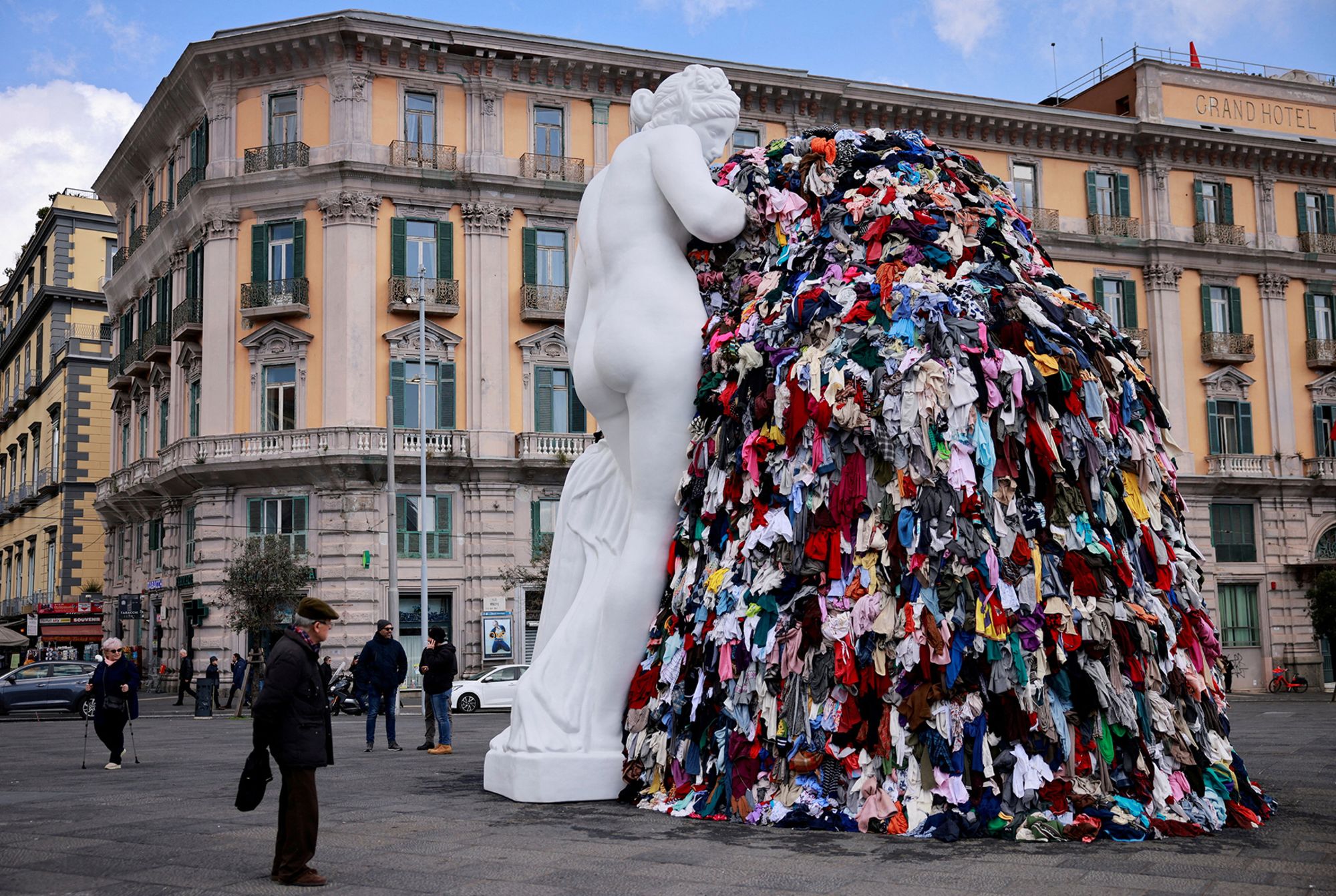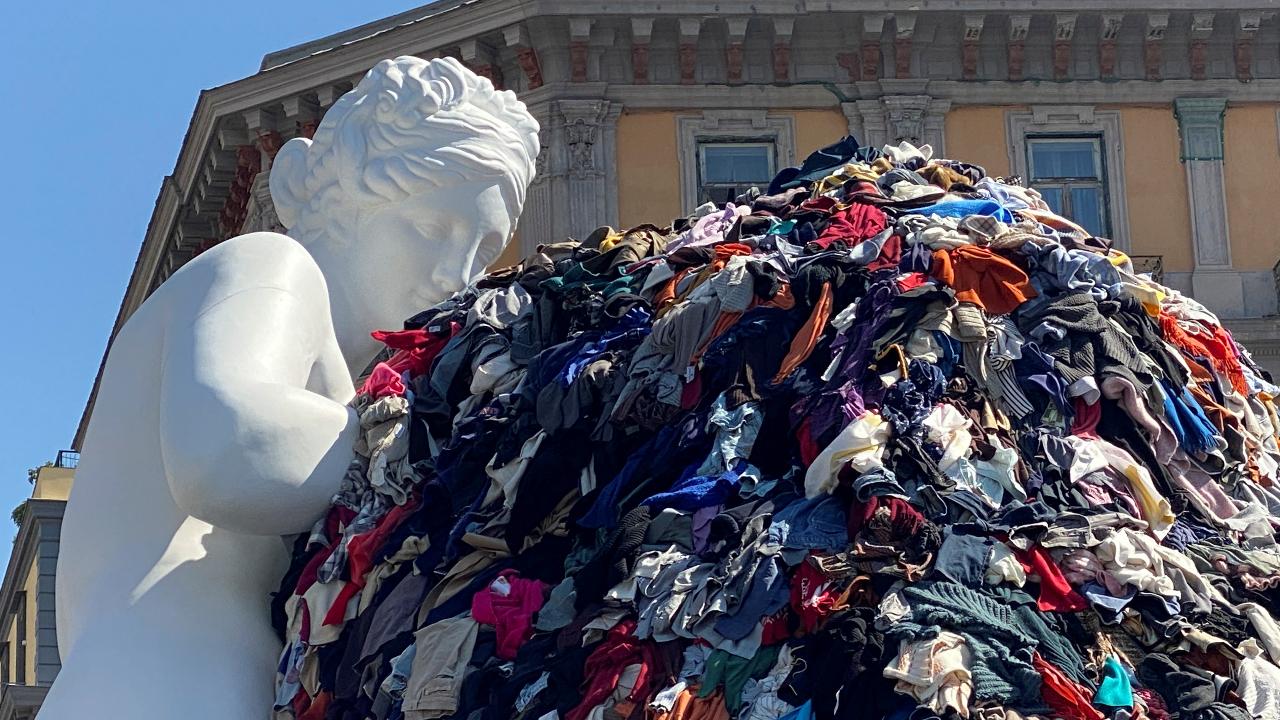In the summer of 1937, Pablo Picasso made a picture the size of a mural that showed the bombing of Guernica. It was so shocking that it changed the whole art world. A little over four years later, this masterpiece made its way to Harvard, where it caused quite a stir among both students and experts.
Awe and shock
In the year 1941, you are walking through Harvard’s Fogg Art Museum, which is now a part of the Harvard Art Museums. At that very moment, you see Picasso’s Guernica, a huge 11-by-25-foot picture that is both amazing and controversial. Newspapers at the time said it was “not pleasant to behold,” but art isn’t always about butterflies and rainbows, right?
Picasso Being There
The painting itself isn’t part of the Art Museums’ present show, but that doesn’t mean you should miss it. This show, called “Picasso: War, Combat, and Revolution,” shares the story of how Guernica got to Harvard not once, but twice in the 1940s. Our ability to see this important moment in art history is all thanks to old records.
Putting together the experience
The show was planned by Suzanne Preston Blier, who put it together to go with her class on “World Fairs.” In 1937, the Republican government of Spain asked Picasso to make something for Spain’s booth at the Paris World’s Fair. His answer was Guernica, a work of art that spoke out against the horrible ravages of war.
Looking into Picasso’s World
This is the time to talk about the show itself. We’re talking about drawings, etchings, lithographs, slotasiabet and a lot of other great Picasso art. All kinds of art will be shown, from cubism to realism. Through these pieces, we can see how Picasso thought about things like death, war, fights, and love.
One of a Kind Chance
The Harvard Art Museums have almost 300 Picasso works, but they don’t show them off very often. As soon as you show these babies something bright, they need to rest for a while and play Slotasiabet. In other words, seeing them is a real treat.
Linking the present and the past
A piece of writing by Harvard fine arts professor Benjamin Rowland, who used Guernica in his class in 1941, is one of the coolest things about the show. His words tell us a lot about how people felt about the picture at the time it was made and how it became a strong symbol of anti-war feelings.
The Legacy of Picasso
Even though it was drawn almost 100 years ago, Blier says that Guernica is still important today. People all over the world are still moved by how brave and modern it is. It makes them want to fight for peace and against evil.
Do not forget to visit the Art Museums and see this amazing show the next time you are in Harvard. What do you know? You might come across a piece of history.


